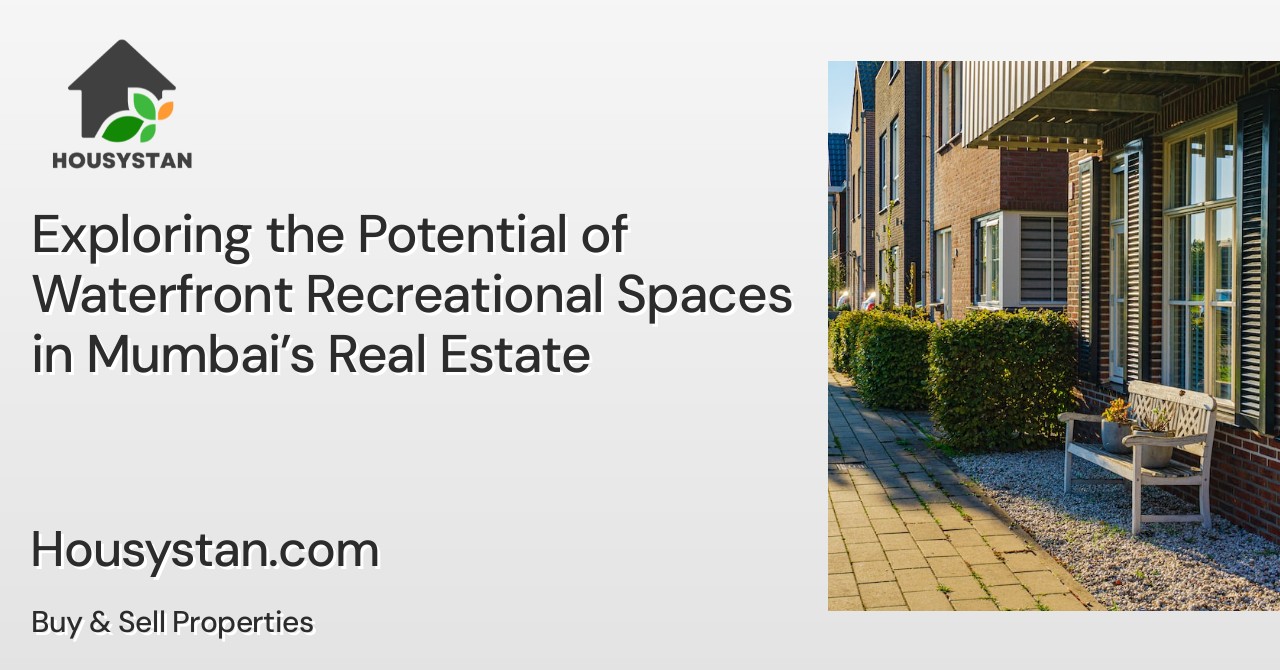Exploring the Potential of Waterfront Recreational Spaces in Mumbai’s Real Estate
Read latest blogs and articles from Housystan

The Information mentioned here was last updated on:
9/1/2026Mumbai, a vibrant metropolis nestled along the Arabian Sea, continues to evolve as one of India’s most dynamic real estate markets. Among its many attractions, the city’s waterfront areas stand out as hubs of growth, lifestyle, and investment. The development of waterfront recreational spaces has become a game-changer, offering residents, investors, and visitors a unique blend of natural beauty and urban convenience. As the city expands, the demand for real estate near the coastline is surging, making these zones highly sought-after for both residential and commercial developments.
Strategically designed waterfront recreational zones in Mumbai not only provide serene escapes from the hustle and bustle but also significantly boost the property value in surrounding neighborhoods. Locations such as Marine Drive, Worli Sea Face, and Bandra Bandstand have become iconic, drawing locals and tourists alike with their stunning views and leisure amenities. These areas offer a variety of activities, from jogging and cycling tracks to open-air cafes and cultural events, fostering a vibrant community atmosphere and enhancing the overall quality of life.
For real estate investors, properties adjacent to Mumbai’s waterfront recreational spaces present a lucrative opportunity. The demand for premium homes and commercial spaces with panoramic sea views is consistently rising. Proximity to well-maintained promenades, parks, and entertainment zones not only increases rental yields but also ensures long-term appreciation. Moreover, these developments contribute to sustainable urban growth, integrating green spaces and promoting healthier lifestyles for residents.
- Verified Tenants/Buyers
- Unlimited Property Listing
- Zero subscription/charges fee
Mumbai’s civic authorities are increasingly recognizing the value of these waterfront destinations, initiating projects to enhance accessibility, safety, and environmental sustainability. Upgraded infrastructure, improved public transport links, and regular maintenance are transforming these locales into world-class urban spaces, aligning with global trends in city planning.
In summary, Mumbai’s waterfront recreational spaces are redefining the city’s real estate landscape. By combining natural allure with modern amenities, these areas are attracting discerning buyers and investors seeking both lifestyle and financial rewards. As the city continues to innovate, the potential of waterfront living in Mumbai is set to grow, offering unparalleled opportunities in India’s real estate sector.